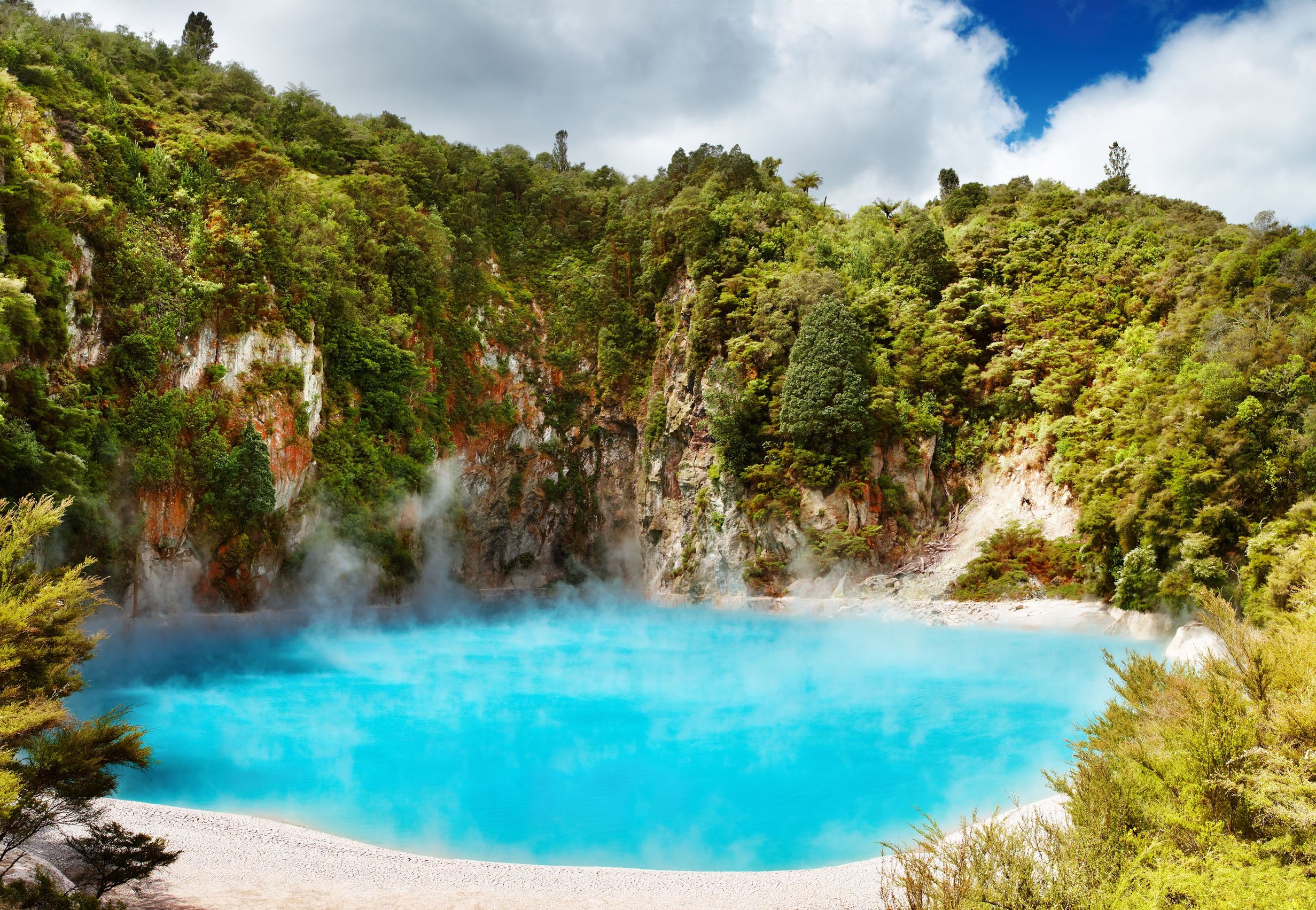Water is blue because it reflects blue light a bit more than absorbed colors such as those in the red spectrum. Not many know that water filters and attracts colors of the red spectrum but just like the sky, it leaves out blue lights that get reflected and which give off the impression that water is blue.
Why does water reflect light?
Water absorbs almost all light. Green, yellow, and red spectrum lights are absorbed by water. It can be said these lights penetrate the surface of the water. They get absorbed into the water. When blue light hits the water, it gets reflected.
But this process only happens in deep waters. You will notice that shallow waters of the sea or of the ocean might look differently. Colors in shallow waters are often influenced by sand or the bottom of the sea which impacts how the water looks and how it absorbs light.
Water can also look green
You may notice water in tropical destinations can also look green. This is mainly influenced by the high levels of phytoplankton which reflects green light. As a result, the water appears green.
Water can also appear brown or dirty. This process is influenced by water movement that is influenced by temperature. Warm water moves out to the ocean and cool water that is often full of particles makes its way into seas making them look brown.
Why indoor water looks blue
You might think that the way water looks sounds complicated, but it gets even more confusing when assessing indoor water lightly. There’s no direct sunlight for indoor water but it might still appear blue. But this is mainly due to its constituents. Clearwater and blue water are different types of water. Pure water in the right location or container might look pure. But unfiltered water might still look blue, even when indoors.

















